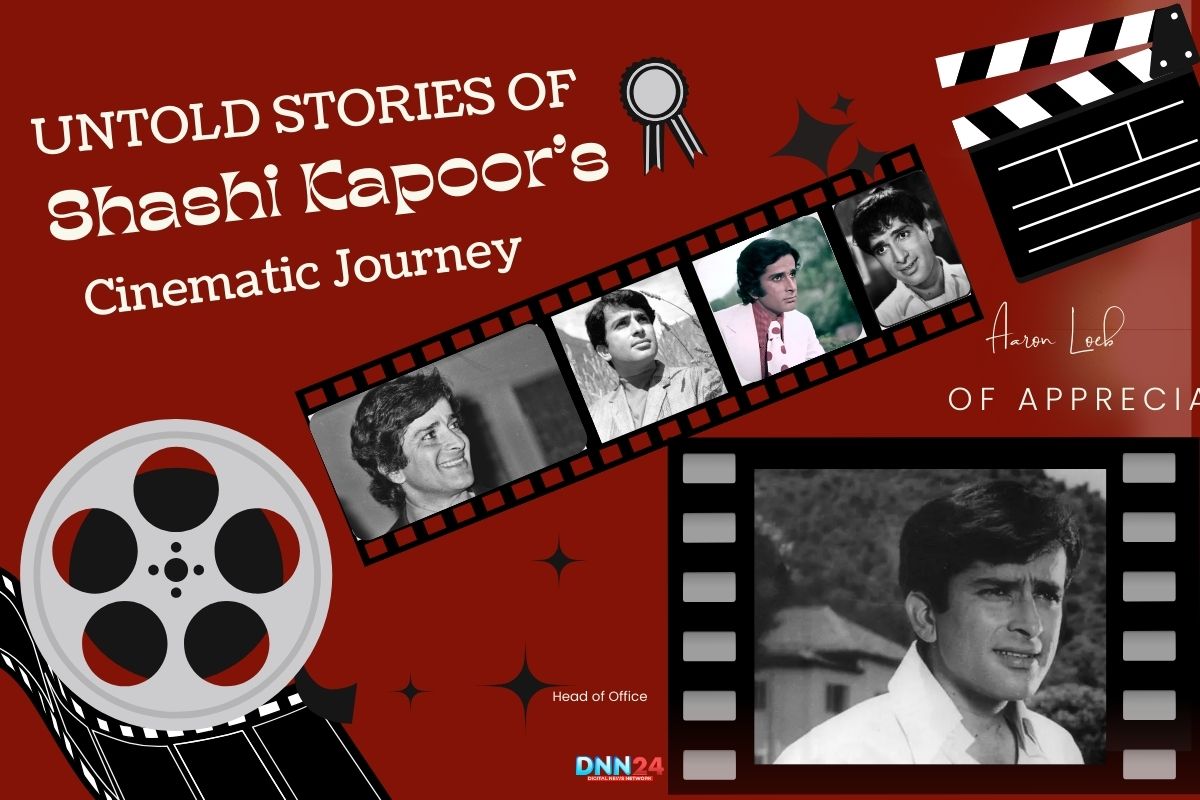Shashi Kapoor had a career-low in 1959 and needed financial security and a job. Despite this uncertainty, Bimal Roy Productions made a vital decision. The sought-after director wanted to meet to inspire optimism. At Mohan Studios, aides, including future greats like Hrishikesh Mukherjee and Gulzar, briefed Shashi on various projects, quietly nudging him towards ‘Prem Patra’ for its promising part.
However, upon meeting Bimal Roy, the encounter was refreshingly frank. Shashi, I am creating an image here. I desire you,” Bimal Da said just now. Shashi immediately said, “Yes, Dada,” without asking about the role, money, or even the movie’s name.
This naive confidence highlighted their special relationship. Later, told it was “Prem Patra,” Shashi reluctantly repeated his earlier estimate of twenty-five thousand rupees when asked his price. Though astonished, Bimal Da valued his integrity and quickly consented. This moment reinforced a professional agreement and a genuine friendship founded on mutual respect and unshakeable trust.
The London Experiment: When Actor Became Director
During Prem Patra’s production, Bimal Roy experienced funding issues for the London segments. Discovering Shashi Kapoor was heading there solo, the famous filmmaker made an astonishing request. With unflinching faith, Bimal Da invited Shashi over and recommended he shoot some shots himself, trusting his camera instincts. Handing over film reels and precise shot plans, he virtually declared the actor a temporary director.
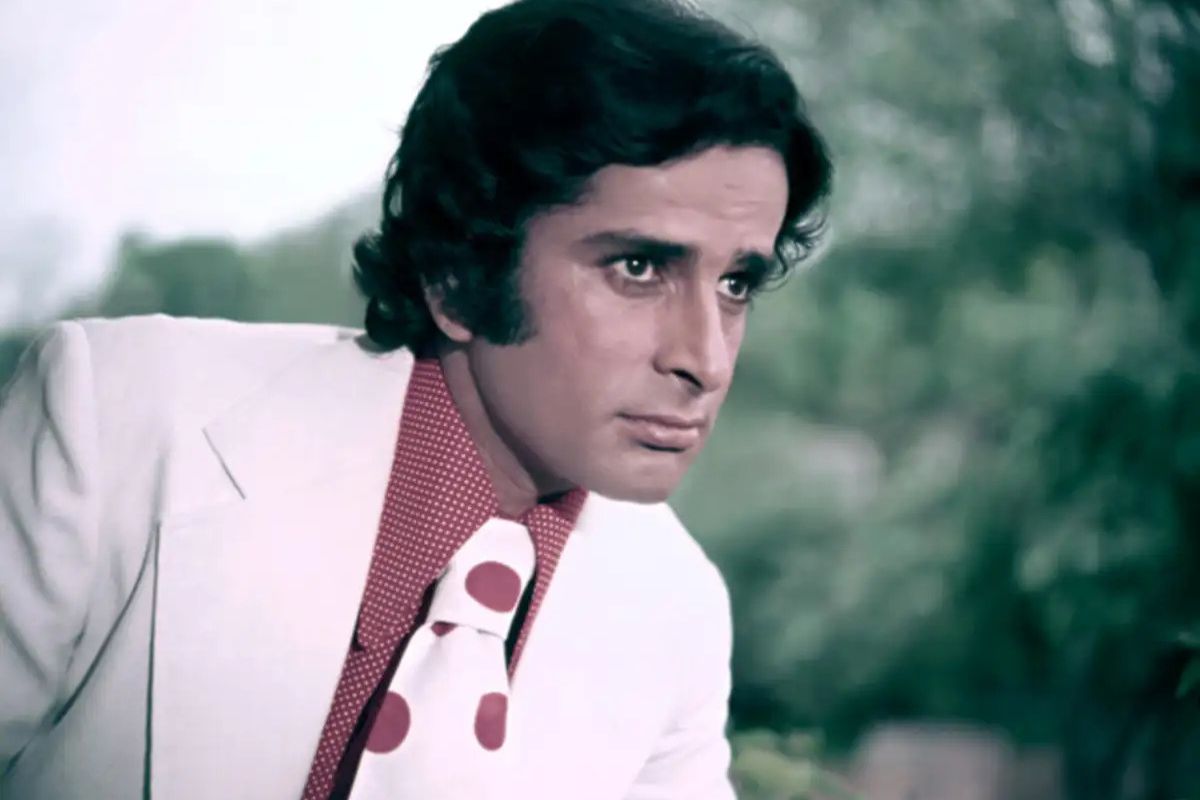
In London, Shashi carefully recorded as directed by a local team. Upon his return, Bimal Da was thrilled, and he put the footage into the final edit—presumably marking Shashi Kapoor’s debut behind the camera.
This exceptional relationship wonderfully highlighted how film survives on trust beyond conventional roles. Bimal Roy didn’t only direct Shashi; he cultivated his cinematic acumen, illustrating how creative filmmakers detect and nourish latent potential, establishing legacies that transcend particular films.
The Mirror of Pain: A Father’s Wisdom
Theatre was Shashi Kapoor’s first interest. During these formative years, a significant back injury demanded surgery, putting him to bed in agonizing discomfort. One evening, his screams of anguish filled their house. His father, the famed Prithviraj Kapoor, hurried in with an unexpected object: a mirror.
As Shashi writhed in perplexity and misery, Prithviraj provided insightful wisdom. “Look into this mirror,” he suggested quietly. “Study the agony in your face. Memorize these true emotions of anguish now, because you won’t recollect their intensity later. They will become beneficial for your performing.”
Years passed.
Then, while shooting a sequence demanding tremendous physical suffering, his father’s comments reverberated. Shashi strongly remembered those mirrored emotions of actual agony, relying on that stored experience. His portrayal was very real, emotionally touching spectators who felt his character’s every anguish. This scene brilliantly highlights how great actors absorb situations, translating personal sorrow into compelling, empathetic portrayals that connect widely on film.
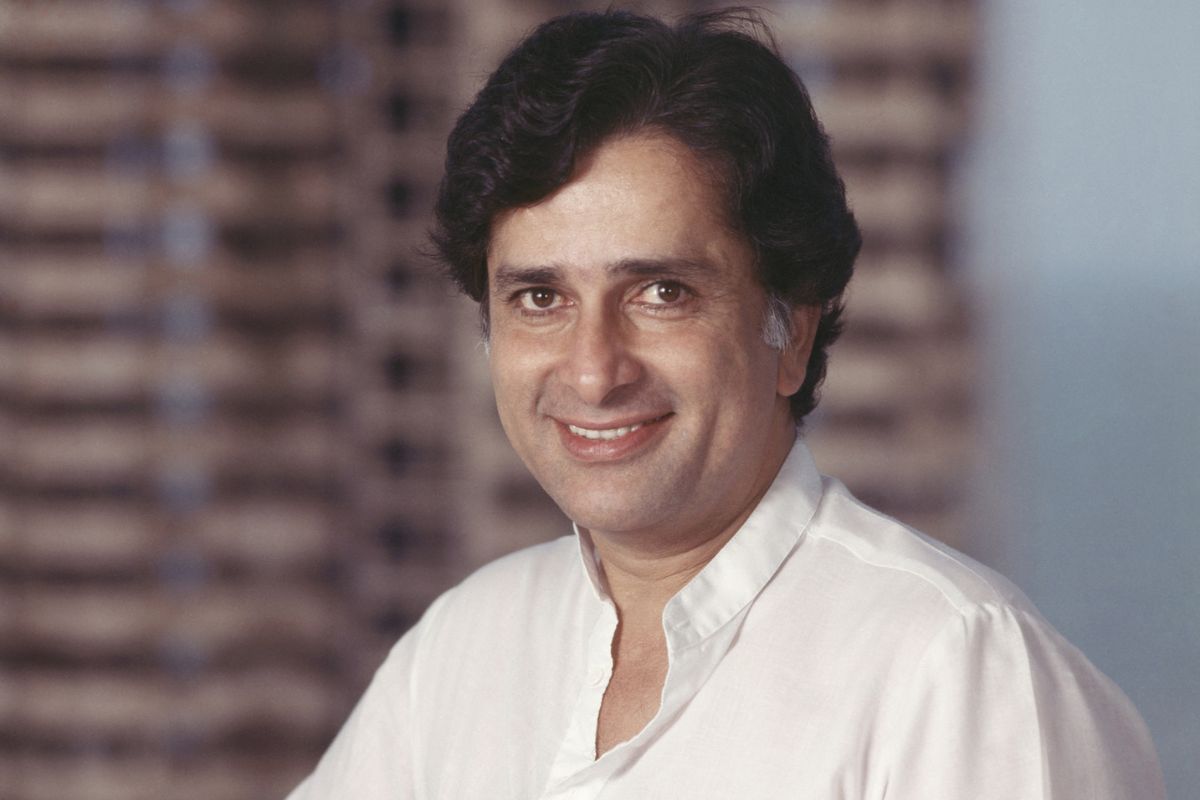
The Daredevil Director: Manmohan Desai’s Dangerous Games
Manmohan Desai and Shashi Kapoor have a complicated working interaction, even though familial connections tie them. Shashi frequently sarcastically commented on Desai’s deadly intentions, a jest founded on real anxiety about the director’s proclivity for reckless exploits. This tension was obvious during ‘Aa Gale Lag Jaa,’ when Desai requested actual knives for a skating battle among flames.
When Shashi emphasized safety and refused, dubbed a coward by Desai, he illustrated the risk by almost striking the director with a hurled knife. A following glass stunt injuring a double further confirmed Shashi’s concern. Their most horrific encounter happened in ‘Suhaag,’ with a scary motorcycle-helicopter stunt 100 feet above in Singapore when restricted circumstances meant no retakes. This brush with catastrophe eventually pushed Shashi to face Desai, underscoring the necessity to place safety above cinematic spectacle.
The Graceful Fall: Learning from Failure
Shashi Kapoor’s maiden entry into Bollywood was a hard lesson in the industry’s unpredictability. Following a two-picture agreement with AVM Studios, his film ‘Char Diwari’ flopped considerably, casting a shadow of uncertainty over his prospects. Amidst similarities to his renowned siblings, producers got hesitant. AVM Studios increased the situation by cancelling a contract project and demanding their return of money. This vast amount appeared impossible for the struggling performer.
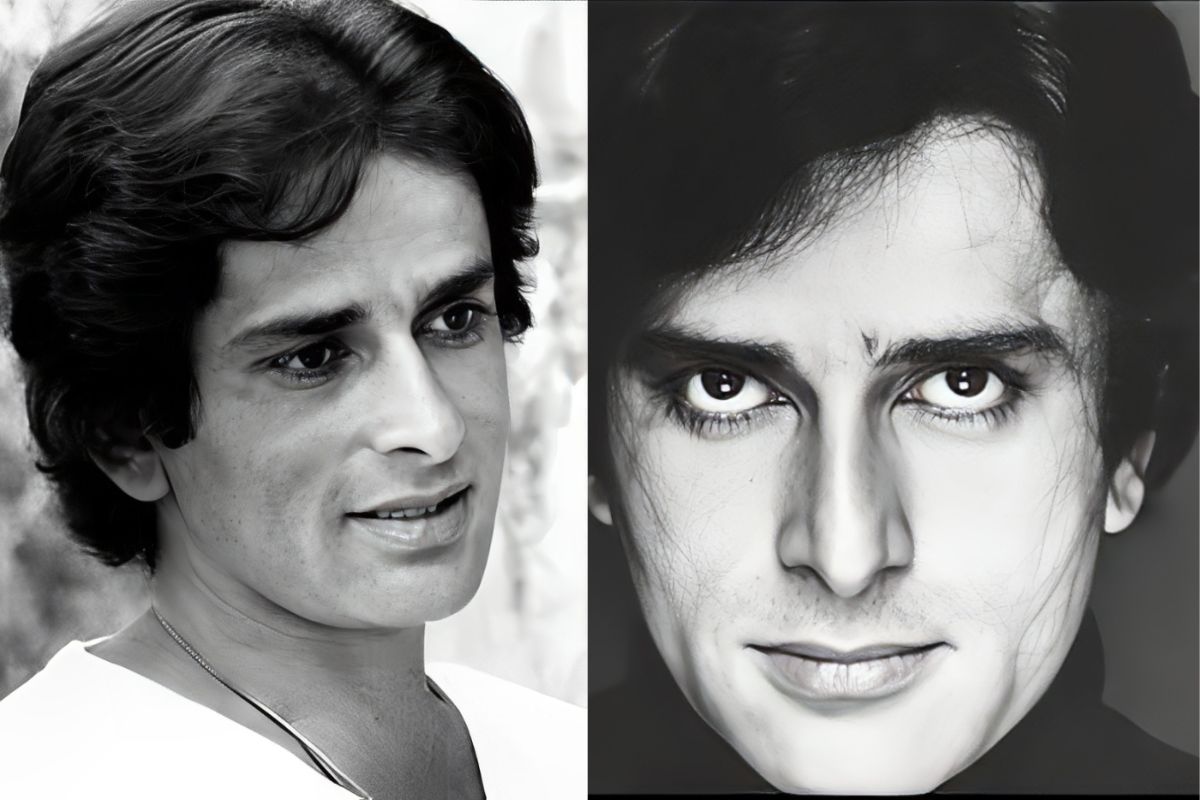
Seeking counsel, Shashi went to his older brother, Raj Kapoor. Raj’s suggestion was direct: “Return the money with dignity. The industry exclusively backs winners. Accept setbacks gently; they are your finest instructors.” He continued prophetically, “Face future trials similarly. Learn without obsessing over failures, and when success occurs, keep grounded. Move ahead with humility.” Shashi refunded the large sum, internalizing Raj’s deep admonition. This critical event established the groundwork for negotiating subsequent wins and failures with extraordinary calm, finally paving his way to becoming a famous Hindi film star.
The Spell of Love: When Sharmila Lost Her Heart
Sharmila Tagore privately liked Shashi Kapoor before her acting career started, and she was sure she wasn’t alone in her affection. Destiny planned their first meeting on the ‘Kashmir Ki Kali’ set when she was working with his brother, Shammi Kapoor.
Shashi’s arrival suddenly pushed Sharmila off balance. His presence set her pulse-pounding, disrupted her attention, and made her forget her lines. The seasoned actress became a star-struck kid, unable to take her eyes off him. Director Shakti Samant was more frustrated as her missteps compromised the production schedule.
Attempting to lighten the tension, Shashi softly requested her not to get distracted. However, his closeness heightened her anxiousness, making work practically impossible. Finally, Samant took serious action and respectfully asked Shashi to leave the set, stating his leading woman couldn’t focus. Shashi grudgingly withdrew, leaving Sharmila to restore her professional demeanour.
Remarkably, destiny soon rejoined them. Cast together in ‘Waqt,’ they went on one of Hindi cinema’s most treasured romantic unions. Their captivating chemistry, which spanned twelve films, revealed that some of the most lasting on-screen romances may come from the most wonderfully embarrassing initial impressions.
Conclusion: The Eternal Romantic
Shashi Kapoor’s journey through Hindi films reads like a romance story filled with faith, knowledge, bravery, and love. From Vimal Roy’s remarkable faith to his father’s profound lessons, from surviving Manmohan Desai’s deadly games to finding grace in defeat, every episode depicts a man who embraced life and art with equal enthusiasm.
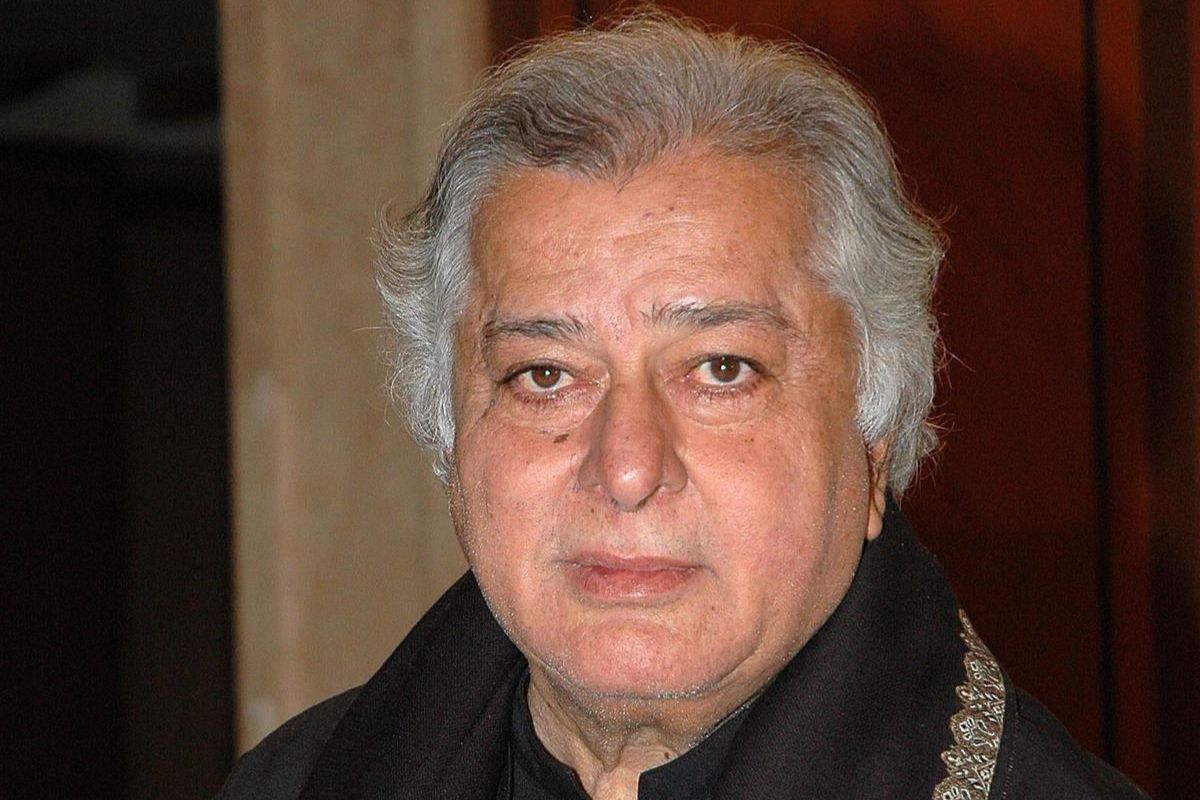
His tale with Sharmila Tagore illustrates cinema’s miraculous capacity to translate actual emotions into immortal screen memories. Their path from an unpleasant first encounter to becoming one of Bollywood’s most popular partnerships echoes the unexpected beauty of love itself.
Shashi Kapoor remained an everlasting romantic—not only in his films but also in his attitude to life, relationships, and art. His legacy continues to inspire, reminding us that the finest performances occur when performers dare to be vulnerable, trust their instincts, and accept triumph and failure with equal grace.
In commemorating Shashi Kapoor, we celebrate not only an actor but a complete artist who knew that cinema’s most significant power lay in its ability to represent the human heart in all its complexity, fragility, and boundless potential for love.
Also Read: Kishore Kumar: Singing, Smiling, and the Sound of Stardom
You can connect with DNN24 on Facebook, Twitter, and Instagram and subscribe to our YouTube channel.

